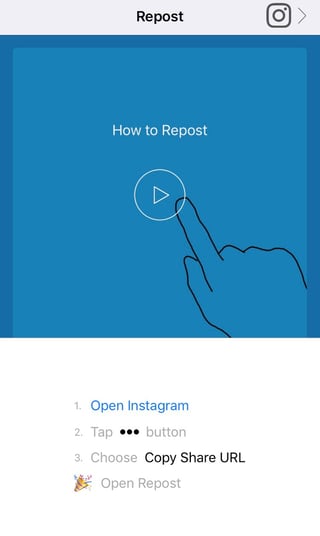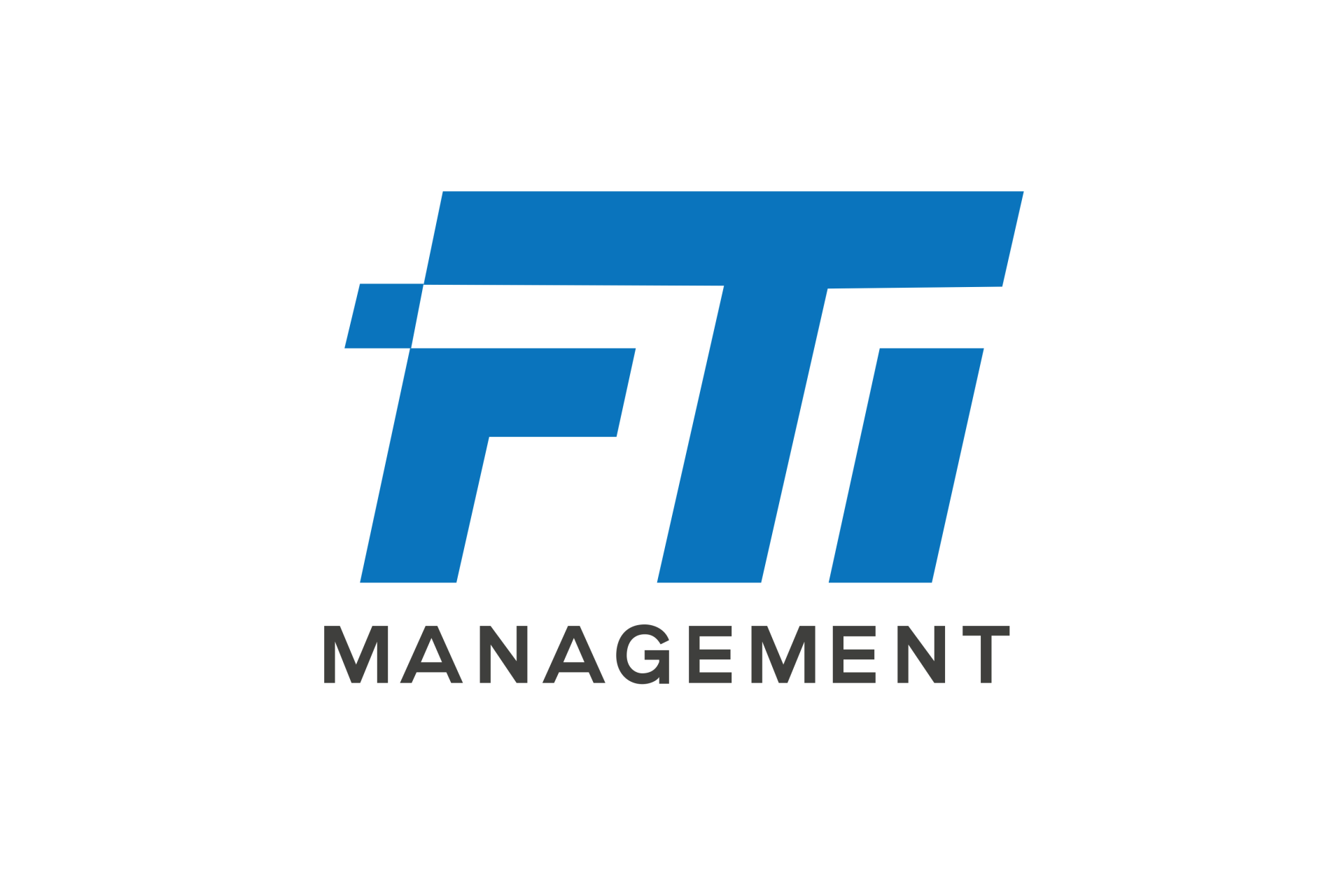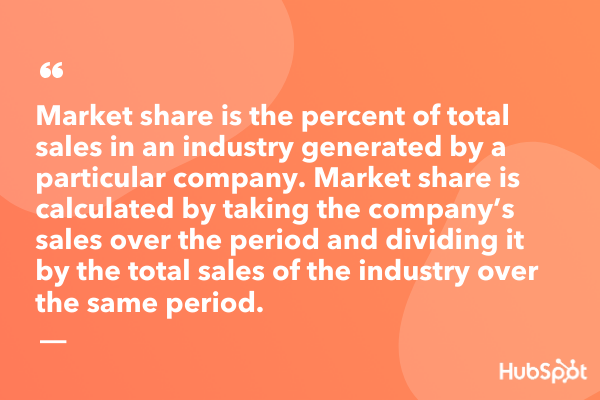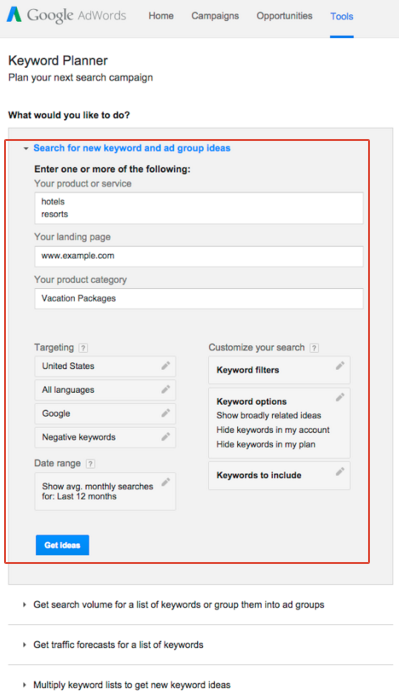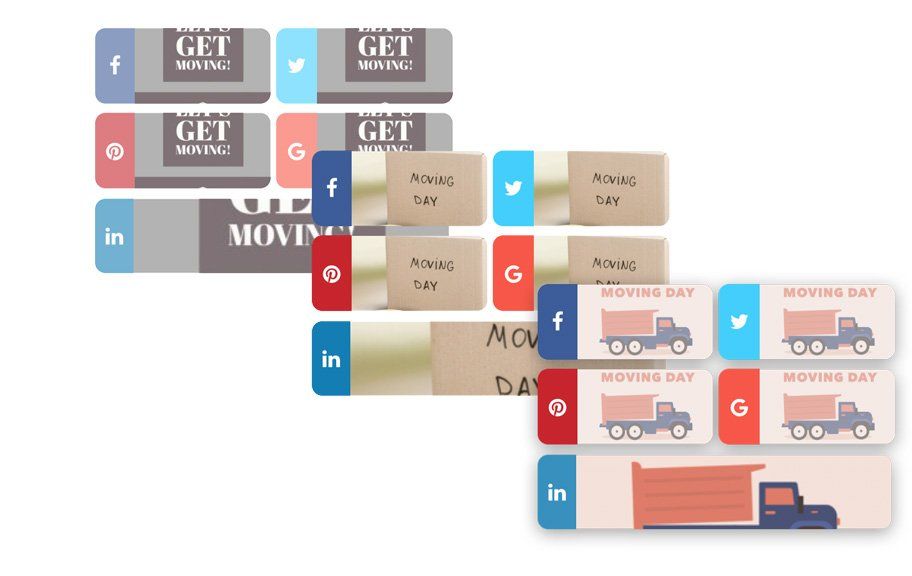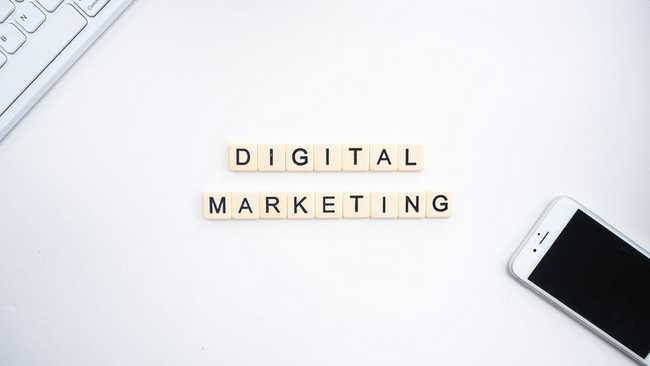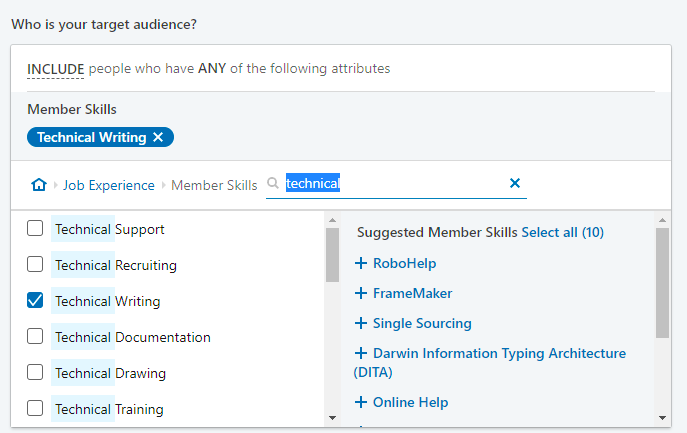How to Rise Above Marketing Mediocrity, According to Ann Handley
Ann Handley is a Wall Street Journal bestselling author, and has been named by IBM as one of the seven people shaping modern marketing.
She's also the world's first Chief Content Officer, and is a LinkedIn influencer with almost 400K followers.
Needless to say, I was thrilled when she agreed to speak with me about the current and future trends in marketing at the 2019 Conex in Toronto.
Along with marketing trends, we also talked about new approaches marketers can use to solve old problems. Because, while much has changed in marketing over the last few years, one thing remains consistent — businesses still need to connect with their audiences.
Here, let's explore Ann Handley's take on pathological empathy, "snackable" content, and rising above marketing mediocrity.
Have Pathological Empathy For Your Consumer
One of the key concepts Handley has pioneered is "pathological empathy."
Rather than simply segmenting customers by their behaviors or demographics and trying to appeal to them on those grounds, Handley wants marketers to get under their skin: "When I say pathological, I mean really understanding, sort of getting inside their skin … to get a sense of who are they and how can you best engage with them emotionally."
Ultimately, engaging with a consumer on an emotional level is one of the most sure-fire ways to guarantee a successful marketing campaign. (I dare you to watch Android's "Friends Furever" video, the most-shared video ad of 2015 , without tearing up.)
This next-level empathy opens the door to a new approach to content creation. Handley poses the question this way — "How do we create the kind of marketing content, assets, campaigns that will actually touch their hearts … and maybe open their minds?"
Slow Down
In order to build pathological empathy, you need time. However, in a fast-paced marketing environment where everything moves at the speed of light, time is the most precious and limited commodity.
Counterintuitively, this only proves Handley's point:
"I'm on a mission to get marketers to slow down. Instead of approaching their job with an 'as-soon-as-possible' mindset, I think it's much more valuable at certain key strategic moments to slow down."
Handley says that by slowing down the marketing process at these strategic moments, marketers can better execute on building relationships and converting leads.
"I think what we're missing is that opportunity to say, 'All right, what are the moments where we really need to think more strategically? Where should we slow down to fuel faster growth later?'"
Speak to Your Audience as Peer-to-Peer, Not Brand-to-Target
In addition to slowing down the marketing process at critical points, Handley suggests that marketers speak to their audiences from a peer-to-peer perspective, as opposed to brand-to-target.
While marketers instinctively want to talk about what sets their brand and products apart, that's not a message that can connect with customers.
Handley told me, "We love our products and services and we understand on an implicit basis what value they bring to your customers or your prospects. But I think that we don't always communicate that as effectively as we could. We're not always leading with our hearts. We're not always touching people in a way that will engage them emotionally."
Next time you're constructing a web page or writing landing page copy, you might ask yourself — Would I, and my colleagues, like it designed this way? Would we keep reading? Would we click the link?
Of course, you'll want to A/B test and use focus groups to ensure you're meeting your audience's needs, but it doesn't hurt to consider your own opinions and interests, or the opinions and interests of friends and family, when creating and promoting marketing materials.
Be a Resource for Your Audience
Handley told me marketers should be a resource to their prospects and offer them value. Part of this shift requires connecting with customers personally. You might try social media, but alternatively, consider putting a twist on an old marketing stand-by — the email newsletter.
As Handley says, "Newsletters are vastly undervalued and they're a huge opportunity that we're not doing well."
Handley mentioned that, unfortunately, most marketers tend to focus on the "news" aspect of a newsletter, and forget the "letter" part of the equation.
The "news" aspect means marketers use their newsletters as a distribution strategy and focus on providing updates about their own brand — but they fail to use the "letter" portion to engage with and connect to their audience.
Handley notes that when writing newsletters, marketers tend to speak in the plural, but their audience is one person at home or on their phone. Handley says that by simply writing their newsletters as if they are talking to one person, marketers can go a long way toward building that personal connection.
Handley says, "The person who was sitting on the other end of that email … It's one person. They're not sitting there with a thousand other people. So why do we communicate to a thousand people? That's because we're still thinking about it as news and not as a letter."
Don't Create "Snackable" Content
Video is another area where marketers are misreading the situation and losing out on chances to meaningfully connect with consumers. Handley pushes back on the notion of "snackable content," and the idea that consumers are demanding it more.
"Our impulse as marketers has been to make it shorter and shorter and shorter to try to get people more involved. But from a consumer standpoint, I don't think that that's what our customers want."
Rather, Handley thinks that this demand for shorter content was always there but never supplied.
She told me, "I don't think they want shorter and shorter and shorter. They don't want lighter and more snackable … The way that we as consumers are consuming content has been to think about the value that it gives us."
Handley cites Netflix as a prime counterexample that disproves the idea that consumer attention spans are getting shorter, or that "snackable" content is king.
"In a world of snackable, why does somebody sit down for hours at a time to watch the last season of Stranger Things ? It's because we want to — we want it on our terms, number one. But secondly, we have all the attention span in the world if it's something that we care about."
Handley doesn't think viewers' attention spans are getting shorter or that they are seeking out shorter content. Instead, viewers are just more discerning about what content they consume.
That suggests marketers shouldn't shy away from longer video pieces, as long as these videos are about something that can connect with their target audience.
Rise Above "Marketing Mediocrity"
Businesses that fail to connect with customers fall into what Handley terms "marketing mediocrity." Handley says it's critical for businesses to rise above it. But how does a business know if their marketing is mediocre?
"If people are not interested in you, if they are not here for you, if they are not thinking, 'I can't wait to see what they come out with next,' then that's a problem."
Handley says marketers should ask themselves what would happen if they went away.
How would your email list react?
Would any of your audience members write your team to ask where you went?
Handley relates a personal story about her bi-weekly newsletter to drive the point home: "I usually mail Sunday mornings and I had a busy week … [s]o I didn't mail until Sunday afternoon at four o'clock. And I got so many emails from people saying, are you okay? What happened? And so that to me was, it wasn't just personally gratifying. [T]he big lesson there is … if you didn't show up, would people say, 'Hey, what happened?'"
Do Less and Obsess
In 2020, there are innumerable changes happening in the world of marketing. I asked Handley what her single most important piece of advice to marketers would be, and she told me, "do less and obsess."
Handley suggests that marketers "do less and obsess" and focus on the fundamentals, and "create less with more intention."
Handley also has some thoughts about content calendars. Handley suggests that marketers "do less that has more impact" rather than strictly abiding by a content calendar.
"I think content calendars are amazing … I'm just saying, don't let it run your strategy."
In the Future, a Customer's Experience Will Dictate Your Strategy
Finally, I asked Handley if she has any ideas on how we'll be consuming content 10 years from now. While she thinks video is here to stay, she rejects the idea that the word is dead.
"I hate binary choices like that. It's not a matter of words or images. It's both. To your question, what does this mean for us five years from now? think it's a better integration and, and perhaps more interactivity."
Handley's seemingly counterintuitive advice is based on marketing fundamentals, some of which today's marketers might be forgetting as they become more enmeshed with new technologies.
It's easy to get caught up in current trends, but knowing your target audience and creating an experience they can truly enjoy remains the paramount goal of marketers. By taking a step back from today's hot new marketing trend, we can get a better sense of how to use new technologies and strategies to deliver a valuable experience to our customers.
